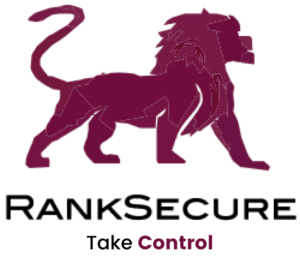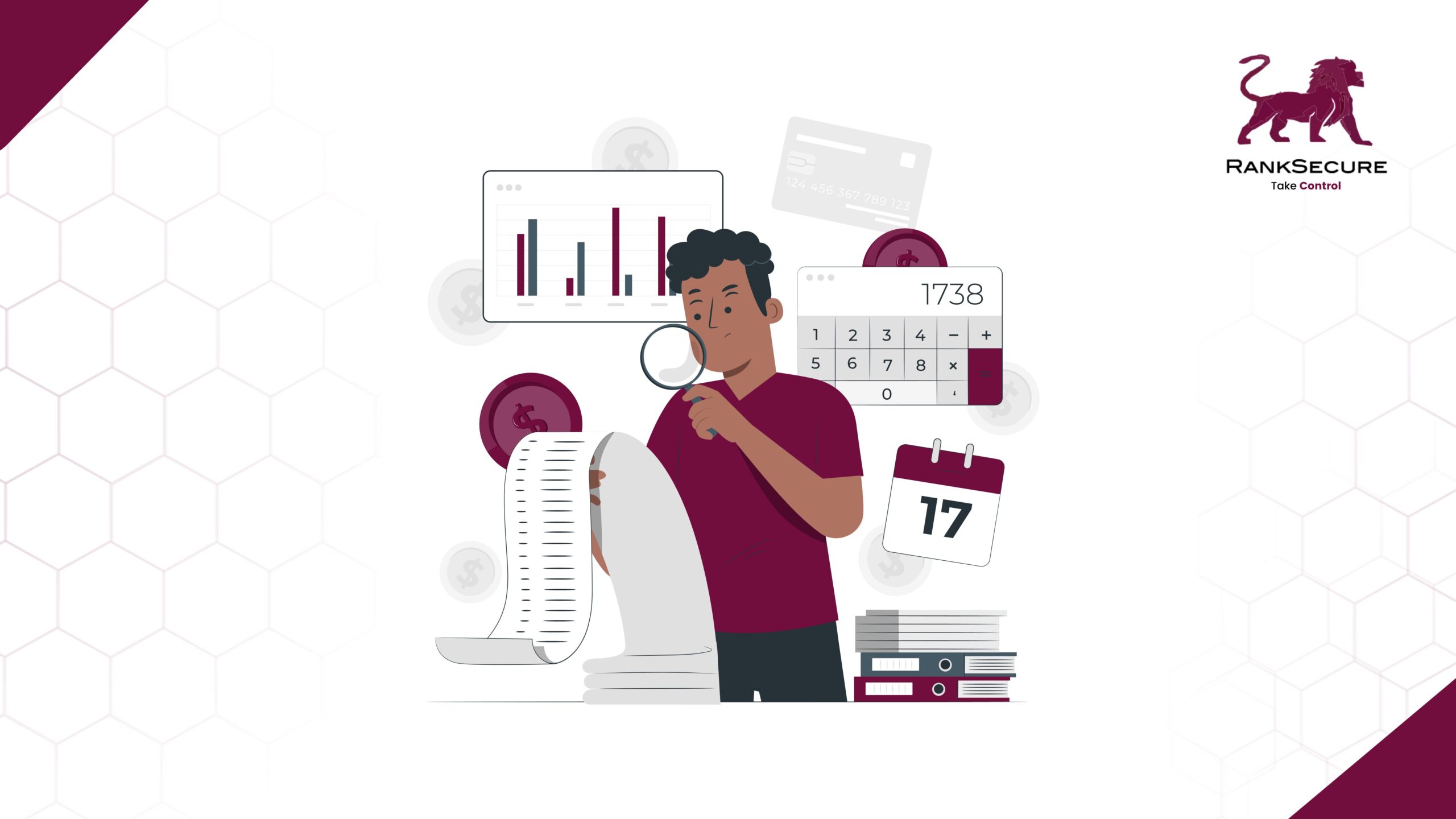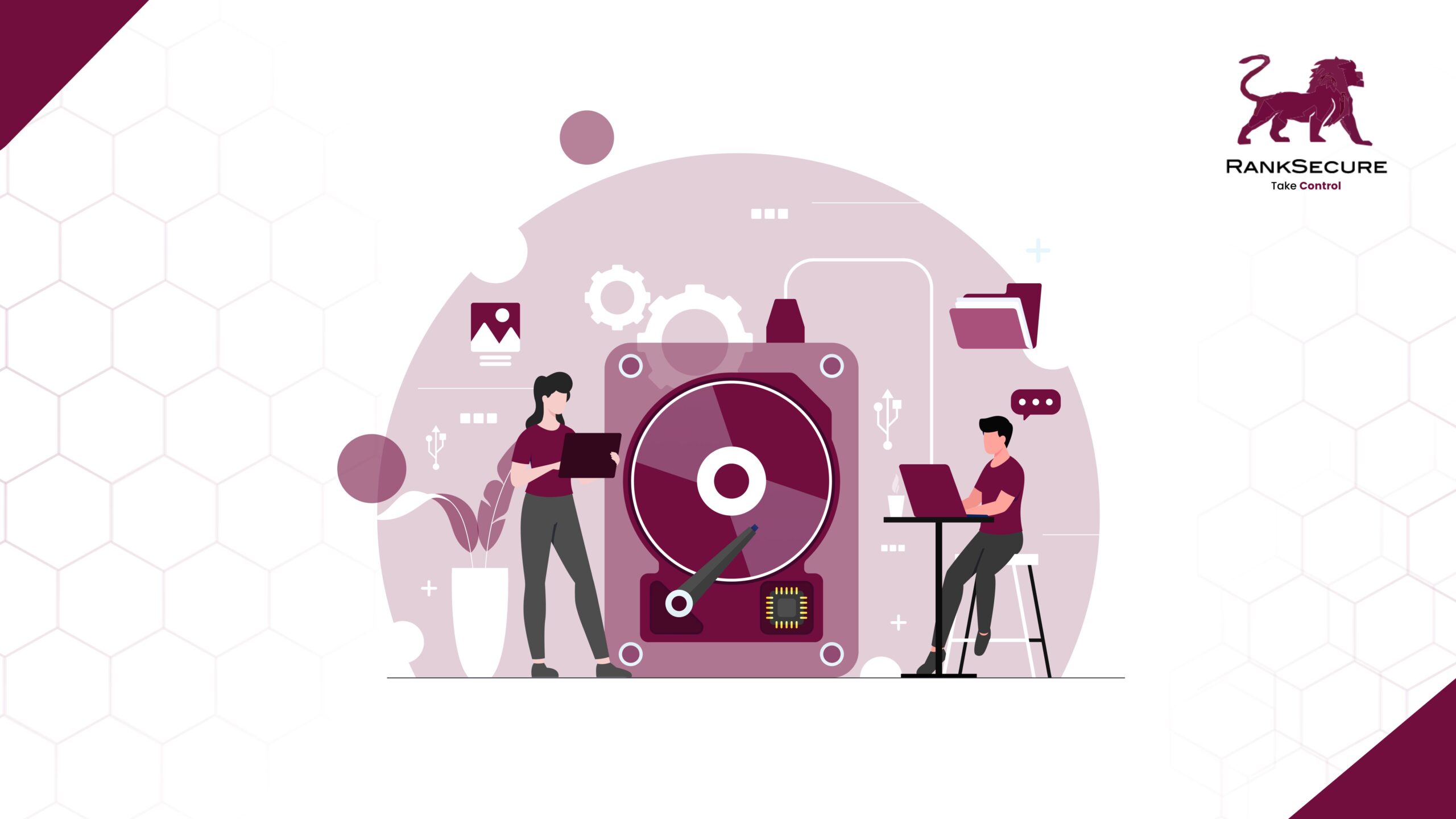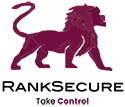Step inside any modern enterprise, and you’ll find an ever-expanding digital footprint: endpoints humming across departments, SaaS platforms proliferating faster than they’re being audited, cloud instances spun up without governance, and workloads moving in real time.
It’s a playground and a potential minefield.
Unmonitored endpoints become soft targets. Expired software licences turn into compliance risks. Shadow IT creeps in through unmanaged SaaS. And cloud bills balloon without accountability. That’s where IT Asset Management (ITAM) stops being an operational checkbox and becomes a cybersecurity imperative.
This guide offers a comprehensive look at ITAM: what it is, why it matters, how to put it into practice, and how companies can benefit from expert partners like RankSecure, which provides leading solutions such as IPM+ Asset Management to help businesses regain control.
What ITAM Really Means in 2025
ITAM is often misunderstood as a glorified inventory list. In practice, it’s much more. It’s a continuous process of discovering, tracking, and governing every IT asset your organisation touches with real-time context.
It covers these assets:
- Hardware: laptops, desktops, servers, networking devices
- Software: installed programs, OS licences, SaaS tools
- Cloud assets: storage, virtual machines, cloud workloads
But more importantly, mature ITAM systems add metadata that makes this inventory actionable: who owns the asset, what it costs, where it sits in the environment, and whether it’s compliant, patched, and necessary.
Why ITAM Is a Security Conversation
Cybersecurity starts with visibility, and visibility starts with knowing what exists.
Without ITAM:
- You miss unpatched or unsupported devices.
- You keep paying for tools ex-employees still have access to.
- You fail audits due to incomplete logs and ownership trails.
- You allow ungoverned cloud instances to run exposed to the internet.
With ITAM:
- Every device, user, and workload is mapped and monitored.
- SaaS usage is tied to active, authorised identities.
- You can respond to incidents faster because you know what’s at stake.
- You move from reactive alerting to proactive control.
It’s the difference between flying blind and having a cockpit dashboard that actually tells you what’s working, what’s vulnerable, and what shouldn’t even be there.
Common Pitfalls That Derail ITAM Projects
Even seasoned teams fall into traps when rolling out ITAM.
- Fragmented visibility: IT, finance, and security often track assets separately, using disconnected tools.
- Reliance on static data: Excel sheets, homegrown CMDBs, or outdated MDMs lose relevance quickly.
- Blind spots in cloud and SaaS: A single user might sign up for five tools, each storing sensitive data, without ever notifying IT.
- Lack of operational ownership: If no one is accountable for asset governance, no one takes action when anomalies appear.
Overcoming these challenges requires the right mix of strategy, cross-functional collaboration, and modern technology.
How to Build a Modern ITAM Practice
It’s not about boiling the ocean. Start with key actions that deliver visibility fast:
- Deploy automated discovery tools that cover both agent-based and agentless scanning across endpoints, networks, and cloud.
- Centralise inventory data and enrich it with ownership, usage, compliance, and cost attributes.
- Define governance models across IT, InfoSec, finance, and procurement — with clearly assigned roles.
- Integrate ITAM data into your security stack — from vulnerability management and incident response to access controls and procurement workflows.
- Set a cadence for audits and reviews to identify drift, flag anomalies, and refine policies.
Where RankSecure and IPM+ Fit In
While strategy is essential, success also depends on using the right tools.
RankSecure, through its partnership with IPM+ Asset Management, offers businesses access to one of the market’s leading ITAM solutions.
IPM+ provides:
- Automated discovery across hardware, software, and cloud resources.
- Real-time tracking and reporting for better decision-making.
- Software licence and cloud cost optimisation.
- Security insights, including patch management and vulnerability tracking.
- Compliance-ready reporting to simplify audits.
With RankSecure’s expertise and the IPM+ platform, companies can streamline ITAM implementation, reduce costs, improve security, and prepare confidently for future challenges.
If It’s Not Visible, It’s Not Defensible
In cybersecurity, the assets you don’t know about are the ones attackers always find first.
A mature ITAM practice doesn’t just reduce cost or streamline procurement. It reinforces your security architecture, supports your compliance frameworks, and gives your teams the visibility they need to respond faster and defend smarter.
With IPM+, you move from reactive asset cleanup to proactive control.
Because in a world of constant change, visibility is the only real foundation for security.







